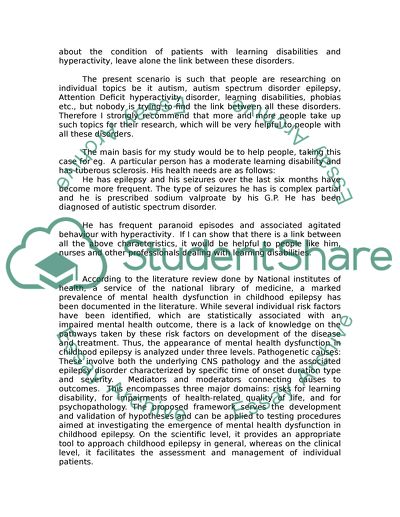Cite this document
(“Learning Disabilities Master Essay Example | Topics and Well Written Essays - 2500 words”, n.d.)
Learning Disabilities Master Essay Example | Topics and Well Written Essays - 2500 words. Retrieved from https://studentshare.org/health-sciences-medicine/1521644-learning-disabilities-master-essay
Learning Disabilities Master Essay Example | Topics and Well Written Essays - 2500 words. Retrieved from https://studentshare.org/health-sciences-medicine/1521644-learning-disabilities-master-essay
(Learning Disabilities Master Essay Example | Topics and Well Written Essays - 2500 Words)
Learning Disabilities Master Essay Example | Topics and Well Written Essays - 2500 Words. https://studentshare.org/health-sciences-medicine/1521644-learning-disabilities-master-essay.
Learning Disabilities Master Essay Example | Topics and Well Written Essays - 2500 Words. https://studentshare.org/health-sciences-medicine/1521644-learning-disabilities-master-essay.
“Learning Disabilities Master Essay Example | Topics and Well Written Essays - 2500 Words”, n.d. https://studentshare.org/health-sciences-medicine/1521644-learning-disabilities-master-essay.


